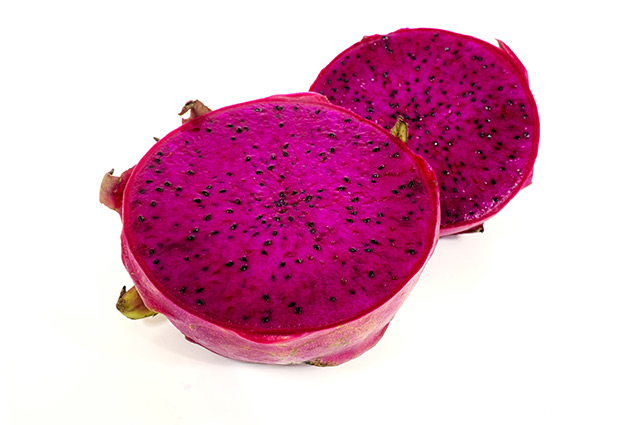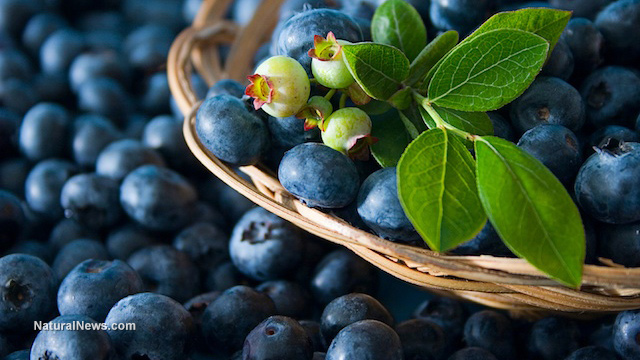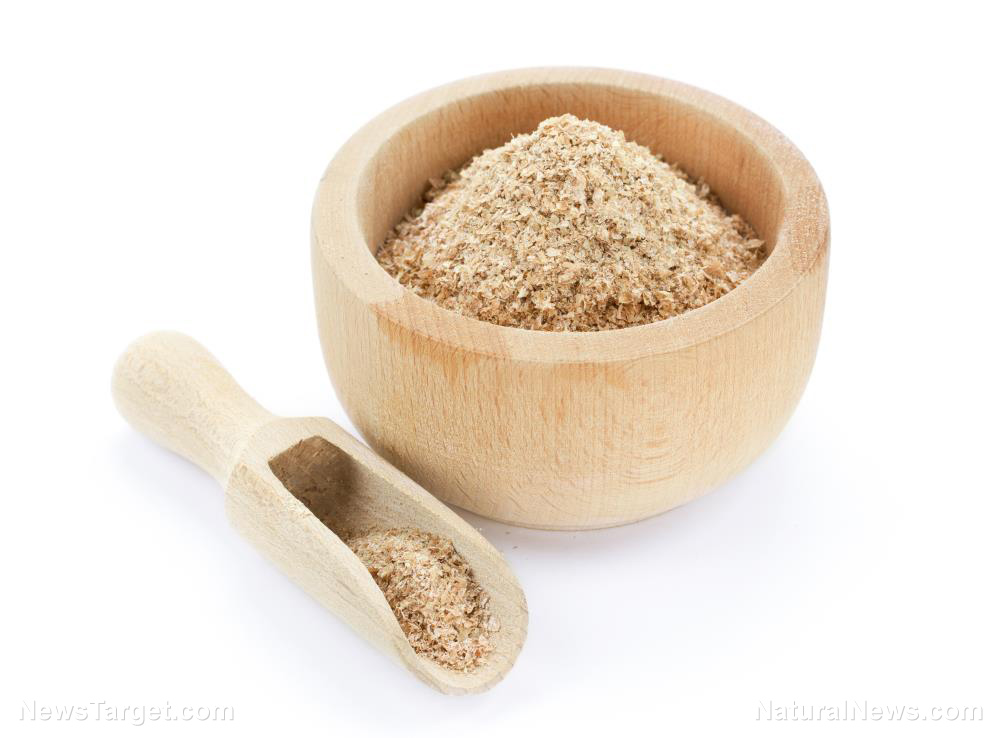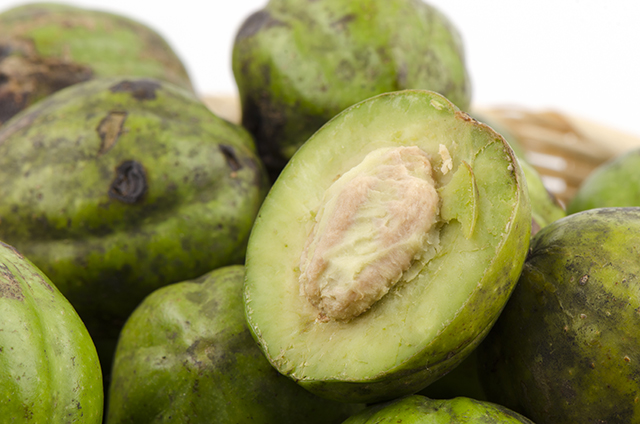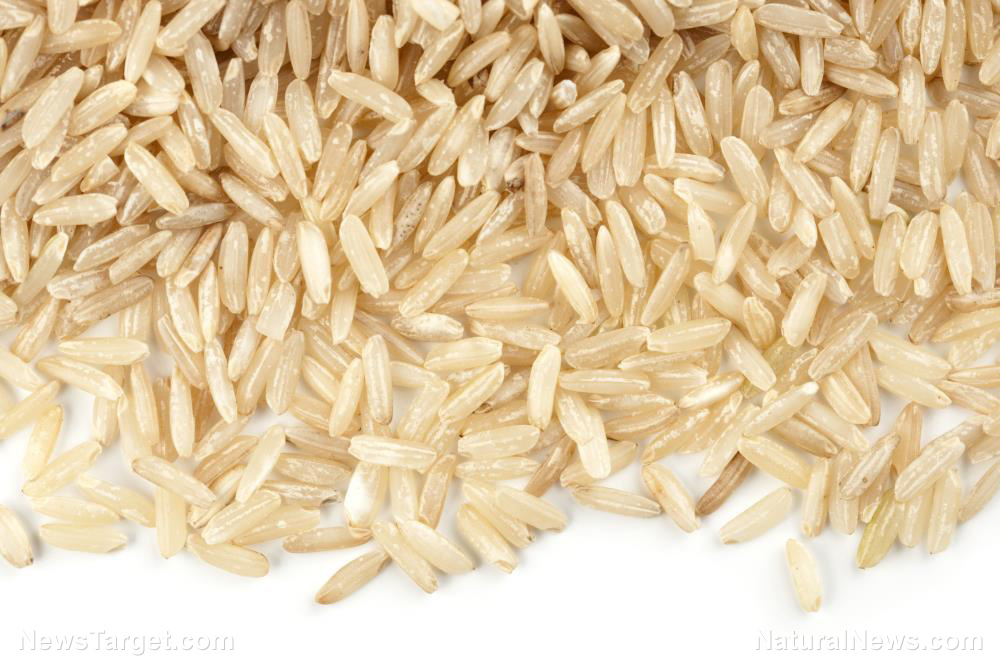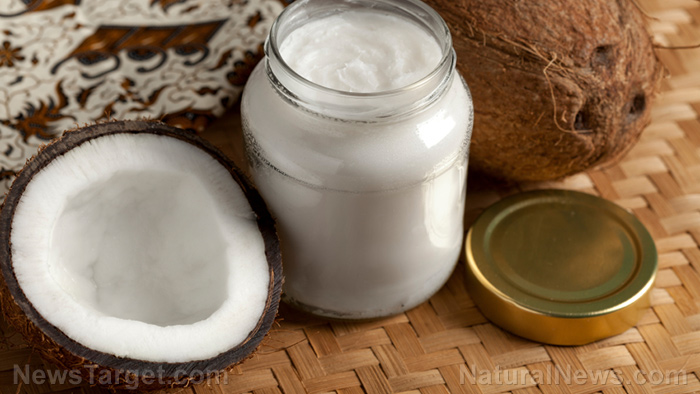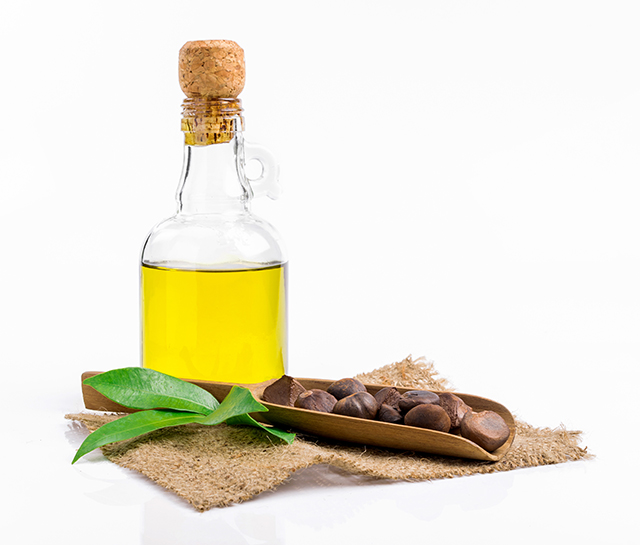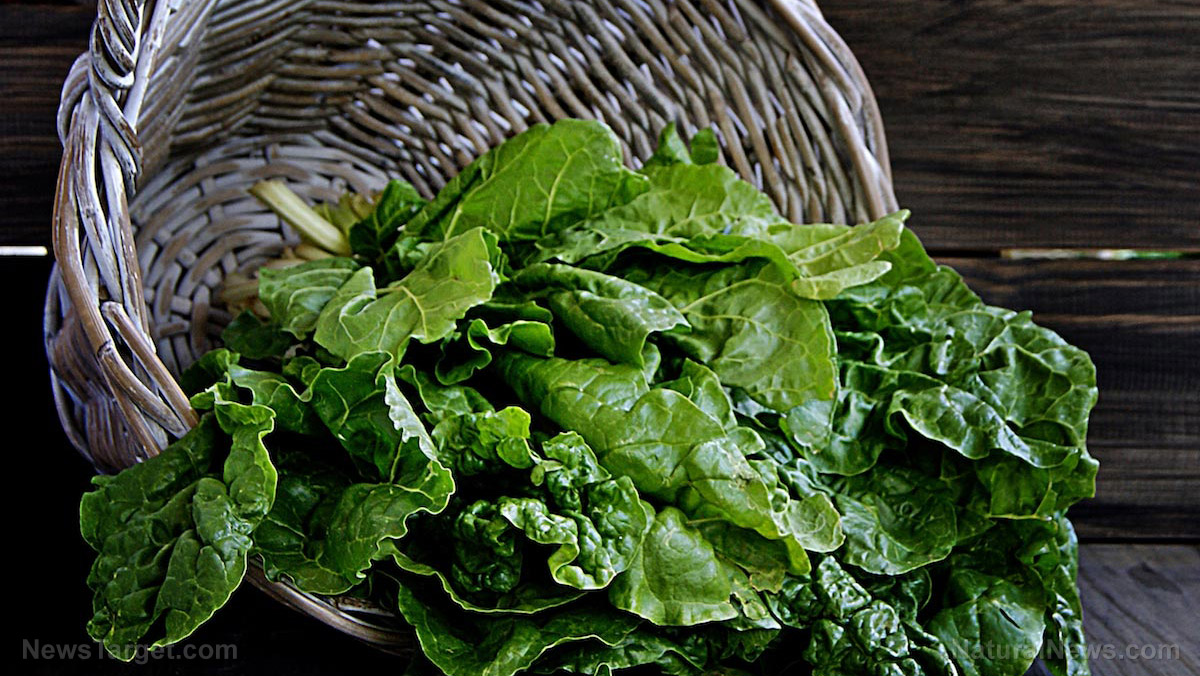Brassica – sources, health benefits, nutrients, uses and constituents at NaturalPedia.com
07/29/2017 / By Frances Bloomfield

Brassica is a genus of vegetables belonging to the mustard family. Plants of this genus are also known as cruciferous vegetables, which is a reference to their equal-sized petals forming a crucifix-like shape. This diverse group of vegetables has grown increasingly popular in recent years thanks to its reputation as a highly nutritious source of antioxidants, some of which can be found only in brassica vegetables.

List of known nutrients
Though their nutritional make-up differs greatly from vegetable to vegetable, brassica vegetables as a whole are known to contain:
- Fiber
- Folic Acid
- Glucosinolates
- Lutein
- Manganese
- Sulforaphane
- Vitamin A
- Vitamin C
- Vitamin K
- Zeaxanthin
Glucosinolates are beneficial compounds present in abundance across all brassica vegetables. Not only are these chemicals responsible for the sulfurous taste and smell associated with these plants, but they’ve been shown to offer added protection against a myriad of diseases as well. Indoles and isothiocyanates, in particular, are notable for their antibacterial and anti-viral effects.
Brassicas are rich in the antioxidant-acting vitamins A and C. Cauliflower, in particular, is dense with vitamin C to the point where a single serving of cauliflower can supply the recommended daily intake of this important vitamin. These antioxidants play a key role in the prevention of chronic illnesses, namely by neutralizing and eliminating harmful free radicals.
Medicinal uses for brassica
Regular consumption of brassica vegetables is said to yield a number of health benefits, chief of which is the prevention of certain health conditions or the alleviation of associated symptoms. These include:
- Alzheimer’s disease
- Cancer
- Depression
- Heart attack
- Hypertension
- Inflammation
- Insulin resistance
- Stomach ulcers
- Stroke
- Type-2 diabetes
Another unique compound in brassica vegetables is sulforaphane, a phytochemical originating from a certain glucosinolate. One feature of sulforaphane that makes it valuable is its anti-inflammatory quality, which has been placed on the same level as curcumin. By reducing inflammation, the body becomes less susceptible to disease.
A specific example is the inflammation of arterial walls. The less inflamed the arterial walls are, the lower the risk of hypertension.
Another benefit of sulforaphane is its ability to inhibit the growth of Helicobacter pylori, a bacteria linked to stomach ulcers.
Body systems supported by brassica
Nutrient-dense brassica vegetables can nourish and support a number of the body’s organs and systems, namely:
- Brain
- Digestive system
- Heart
- Immune system
- Ocular system
- Liver
The protective effects on these particular body systems and organs is largely due to the antioxidant and anti-inflammatory benefits derived from brassica vegetables. The expulsion of dangerous toxins and chemicals, as well as decreased occurrences of inflammation, result in a healthier body overall.
Ways to use brassica
Just like how there is a diverse range of brassica vegetables, there are many ways to enjoy these nutritious and delicious plants. They can serve as the highlight of main courses, as a salad, as an important component of more robust meat-based meals, or as a side dish.
Brassica vegetables are healthy overall, but preparation can affect their health impact. To maximize sulforaphane levels, be sure to pre-chop the brassica vegetables at least 40 minutes before cooking, as cutting these vegetables activates and releases the sulforaphane.
Where to learn more
Summary
Brassica vegetables are loaded with beneficial antioxidant and anti-inflammatory nutrients that make them one of the healthiest groups of vegetables. Thanks to these nutrients, consuming brassica vegetables can decrease the risk of hypertension, stomach ulcers, and heart attack.
Sources include:
HealthLine.com
WHFoods.com
VegetableExpert.co.uk
FoodRevolution.org
NutritionFacts.org
Tagged Under:

